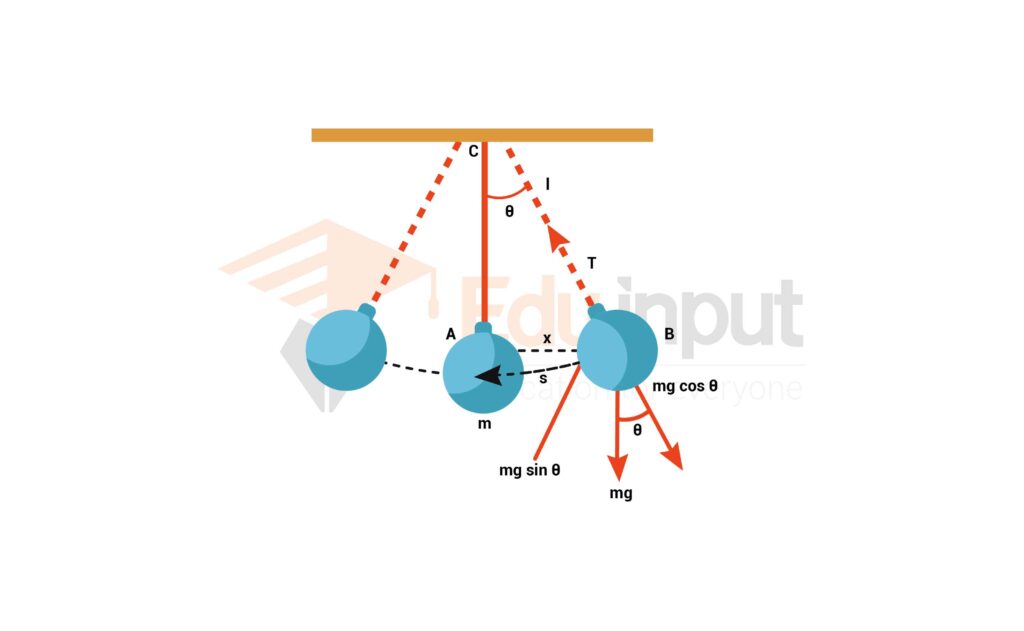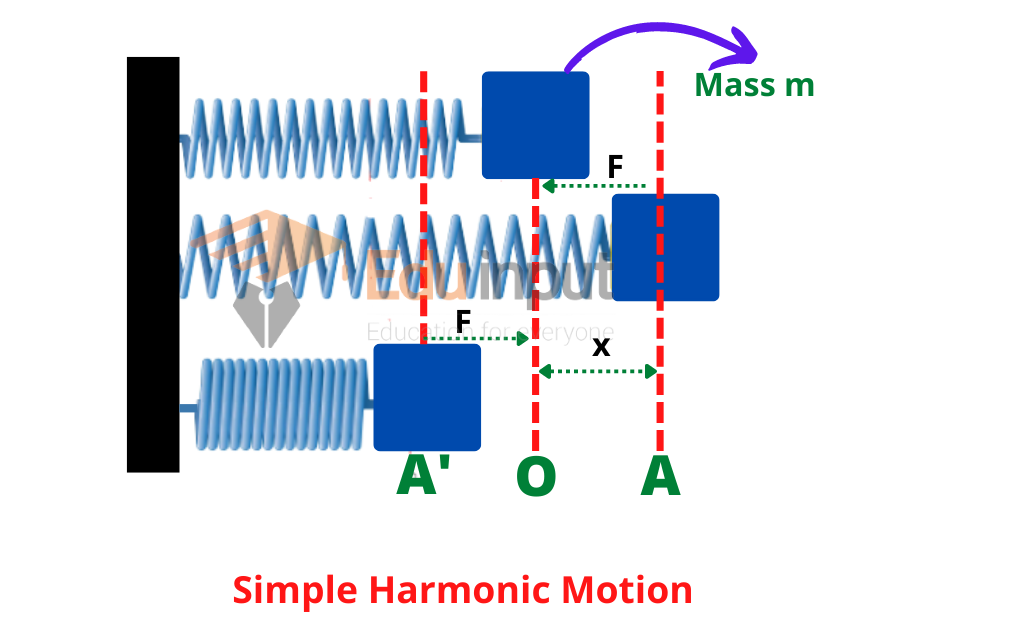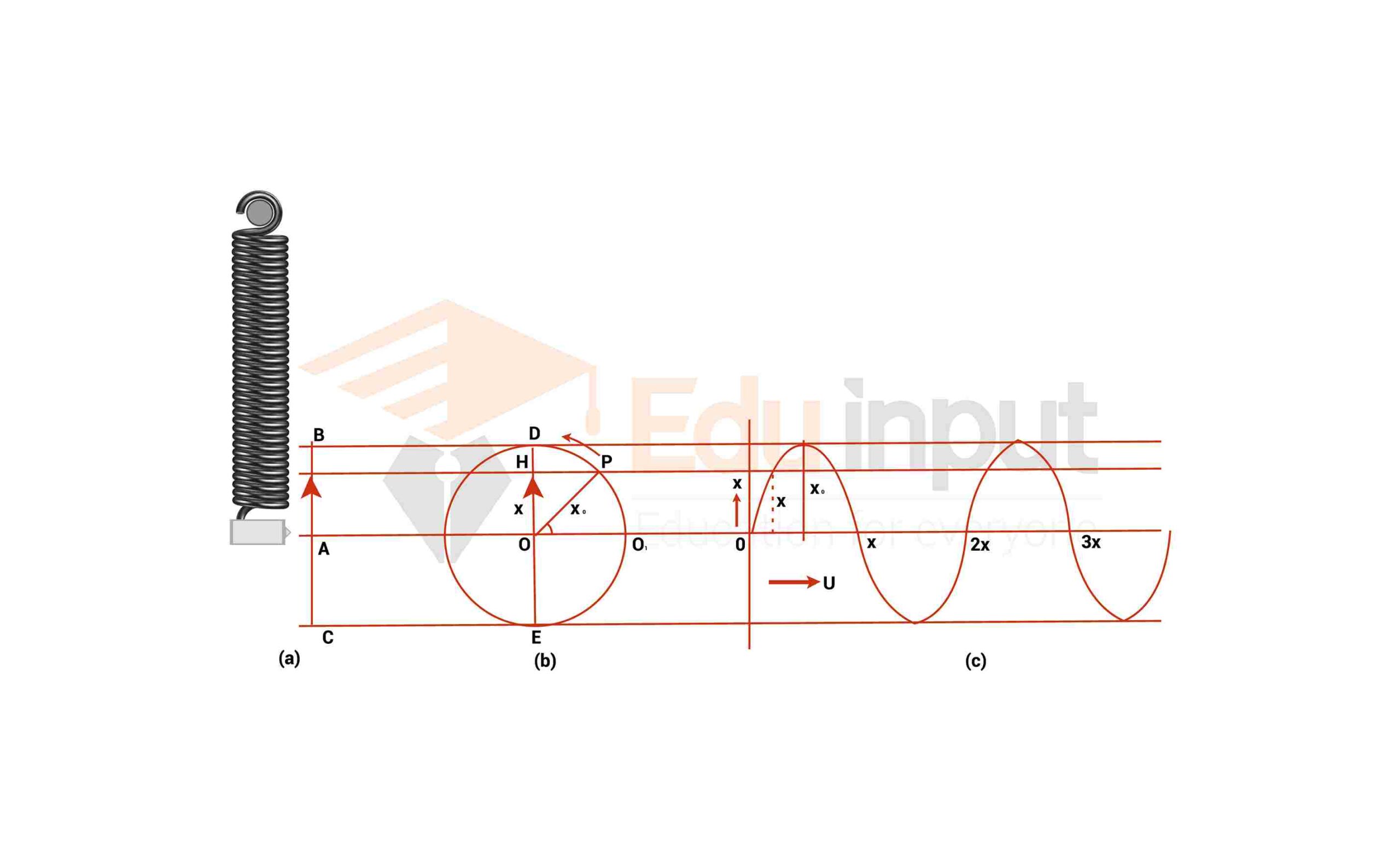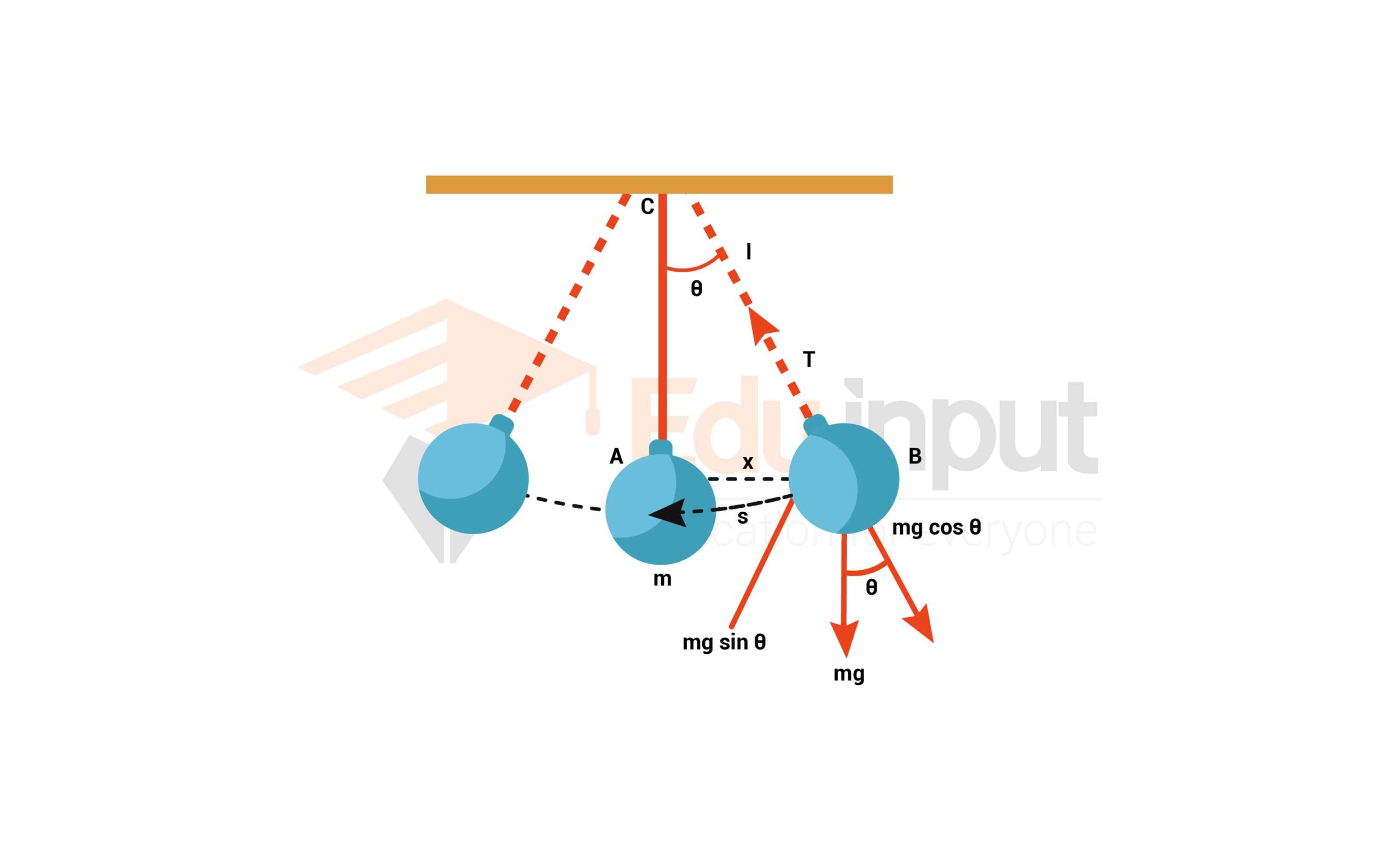Oscillation-Definition, Types, And Examples
The repetitive or periodic variation of some measure about a central value or between two or more different states is known as oscillation. A swinging pendulum and alternating current are some of the familiar examples of oscillation.
What is Oscillation?
The process of repeating variations of any quantity or measure about its equilibrium value in time is called asymmetrical. The periodic variation of a matter between two values or about its central value can be defined as oscillation. The mechanical oscillations of an object can be described with the term vibration. In every field of science, oscillations can happen in dynamic systems or more accurately. The beating of our hearts is enough to create oscillations. The objects that show motion around an equilibrium point are referred to as oscillators.
Examples of Oscillations
The movement of a simple pendulum in a clock and the tides in the sea are some of the most common examples of oscillation. The movement of mass-spring is an example of oscillation. The vibrating strings in guitar and other string instruments are also examples of oscillations.

The pendulum creates an oscillating movement when it moves back and forth. They’re called vibrations and they’re called mechanical oscillations. A particle is vibrated if it is at least two points away from its central point. Similarly, the movement of spring is also moving. The spring moves downward and upward, and then upward again and again.
A perfect example of oscillation is a sine wave. There is a wave that moves between points about a central value. The time taken to complete one complete cycle is called the time period of the oscillation, and the height or the maximum distance that the oscillation takes place is called the amplitude. The number of complete cycles that occur in a second is referred to as Frequency. Frequency is the reciprocal of the time period.
F = 1 / T
Where F is the frequency of oscillation
And T is the time period of the oscillation.
Types Of Oscillation
There are different types of oscillation
Free oscillation
A body that vibrates with its own frequencies is called a free oscillation. The free oscillation has a constant period and a constant amplitude. An example would be the tuning fork vibrating.
Damped oscillation
Damped oscillation produced Due to the ever-present damping forces in the surrounding, most free oscillations eventually die out. There is a term for the decrease in the oscillation that occurs with time. The energy loss from the system can be caused by external factors such as air resistance that results in damping, and this will happen with time. The decay of the pendulum’s oscillations is an example.

When the driving Frequency is equal to the natural Frequency of the System, resonance occurs in a damped driven oscillator. This causes the denominator of the amplitude to be minimized and the amplitude to be maximized.
Undamped Oscillations
When displaced from its equilibrium point, an undamped oscillation experiences a restoring force that is proportional to the displacement. In the undamped system, the magnitude of the oscillations never goes down and the magnitude of the oscillation remains the same. The alternating current is an example of undamped oscillations.
Forced oscillation
When something is influenced by the periodic force, it’s called a forced oscillation. The other external energy supplied to it causes the amplitude of the oscillation to remain constant. When you play with a toy that involves an object being supported by a band on your finger, it’s a good example of this. If you hold your finger still, the object bounces up and down with a small amount of shock. The object will follow you if you move your fingers up and down. As you increase the frequencies at which you move your fingers.
The phenomenon of driving a system with a frequency equal to its natural frequency is called resonance. The less damping a system has, the higher the amplitude of the forced oscillations near resonance. The more damping there is, the broader reaction it has to various driving frequencies.







Leave a Reply